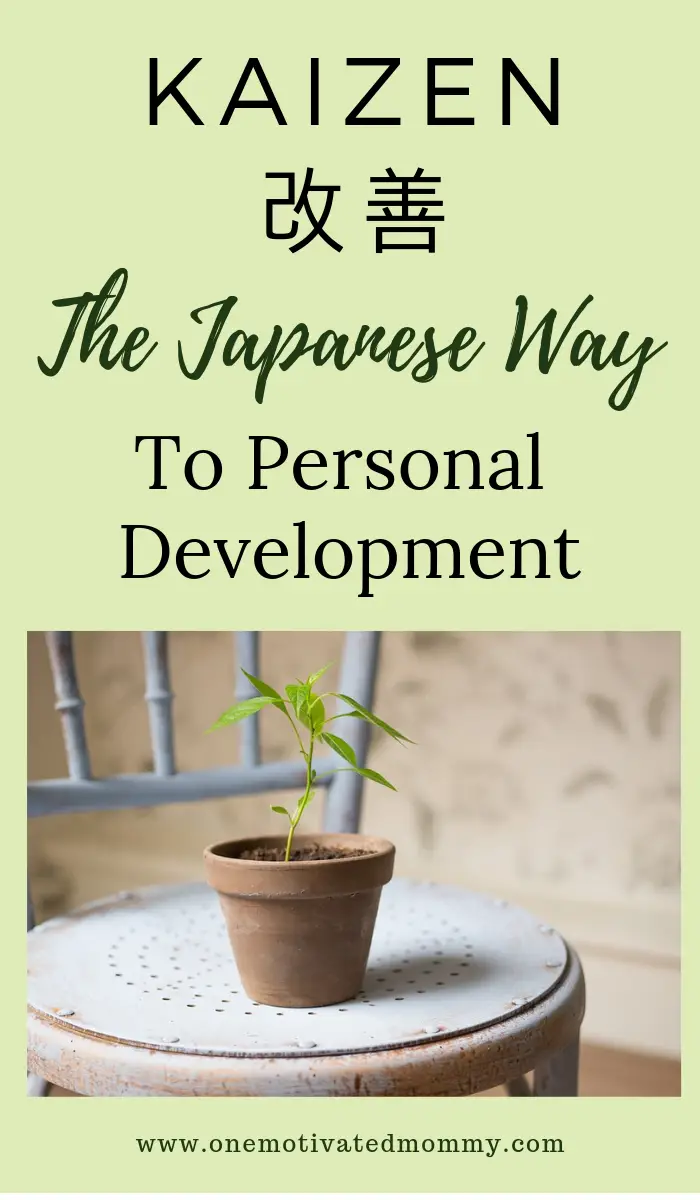“The journey of a thousand miles begins with one step.” ~Lao Tzu

Self- improvement is a lifelong journey. It requires constant self-analysis, recognition and acknowledgement of bad habits, a desire for personal growth and most importantly, action in a positive direction.
Sometimes the goals we set can be a gigantic leap from where we are to where we want to be.
Although we need to start with the end in mind, it is easy to become overwhelmed with and intimidated by what it takes to make our dreams a reality.
For example, losing fifty pounds might seem like a big undertaking especially when you look at what it would entail- a change in diet, cutting down on favourite foods, exercise, sweat. You find that there is a resistance to all these changes and then it is easy to give up.
There is a scientific reason why this may happen though, thanks to part of the brain called the amygdala.
What is the amygdala and how does it affect our personal development efforts?
The Amygdala is an almond-shaped set of neurons located in the brain. It is responsible for our fight-or-flight or stress response when we are faced with imminent danger.
According to Clinical Psychologist, Dr. Robert Mauer in the book, One Small Step Can Change Your Life: The Kaizen Way:
“When you want to change but experience a block, you can often blame the midbrain for gumming up the works. The midbrain is where you’ll find a structure called the amygdala. The amygdala is absolutely crucial to our survival. It controls the fight-or-flight response, an alarm mechanism that we share with all other mammals.
It was designed to alert parts of the body for action in the face of immediate danger. One way it accomplishes this is to slow down or stop other functions such as rational and creative thinking that could interfere with the physical ability to run or fight.”
He explains that the amygdala’s fight-or-flight response in today’s modern lifestyle, “…sets off alarm bells whenever we want to make a departure from our usual, safe routines.”
This departure includes actively working on overcoming fears, attempting to accomplish huge goals or changing habits. It could bring on feelings of stress, panic and anxiety and cause us to shut down and abandon the cause of the discomfort, i.e. the new change.
But how do we overcome this problem so that we can achieve personal growth?
Take it one small step at a time!
Enter the concept of Kaizen.
改善
What is Kaizen?
Kaizen means ‘continuous improvement‘.
It is a Japanese philosophy that encourages continuous incremental improvements to create positive lasting change.
It is about creating systems and processes to advance, eliminate wastage and increase efficiency.
Although Kaizen is traditionally used in business it can be applied to self-improvement.
Dr. Mauer explains that Kaizen is effective in preventing the amygdala from thwarting our efforts as, “The little steps of kaizen are a kind of stealth solution to this quality of the brain.” He says in the book. “As your small steps continue and your cortex starts working, the brain begins to create ‘software’ for your desired change actually laying down new nerve pathways and building new habits.”
History of Kaizen
The Japanese concept now known as Kaizen, actually originated in America.
One of the most recognized proponents of this continuous improvement was W. Edwards Deming, an American engineer, professor and statistician.
He has been credited with introducing the Japanese to the system after World War II as Japan had suffered massive economic damage during the war.
Deming’s methods have helped Japan to thrive and become the third largest economy in the world.
Taiichi Ohno, an industrial engineer at Toyota, implemented these Kaizen techniques at the automotive company and was able to build and expand on the philosophy to create the Toyota Production System.
Further, Mr. Masaaki Imai, a Japanese organizational theorist and management consultant, who did some work with Mr. Ohno, introduced the concept of Kaizen to the western world in 1986 through his book, Kaizen: The Key to Japan’s Competitive Success.
“Success is the sum of small efforts, repeated day in and day out”
~ Robert Collier, Author
How to Use Kaizen To Improve Your Life
As with other goal-setting and personal development methods, there must be a period of introspection to determine what you want to change or develop.
Spend some time in quiet reflection to journal and identify the areas in your life that you would like to improve or goals that you want to accomplish. Then, work backwards to determine the smallest step you could take today to start you on your path.
For example, you may want to write and self-publish your own book. Small steps towards this end could be to write one paragraph a day, gradually increasing by one paragraph per day until you arrive at your targeted daily writing quota.
You may also find that when you start writing, you write more than the paragraph. This is good, for it means that you are overcoming any fear or inhibitions associated with the task of writing your book.

Related Article: Why You Should ‘Go Dark’ To Crush Your Goals
Related Article: How To Have A Goal-Setting Retreat At Home
Examples of Kaizen in daily life are:
- Goal – Write a book —Kaizen application – Write one paragraph a day
- Goal – Lose weight—Kaizen application – Eat one bite less
- Goal -Run a 5K—Kaizen application – Go for a 10 minute walk outside
- Goal – Quit smoking—Kaizen application – Smoke 1/2 less cigarette
- Goal – Meditate for 20 minutes every day—Kaizen application – Meditate for 1 minute
- Goal – A cleaner home—Kaizen application – Set a timer and clean for just 5 minutes.
- Goal – Read more books—Kaizen application – Read one page.
- Goal – Save $500—Kaizen application – Save $1 per day
- Goal – Communicate more with spouse – Kaizen application – Give a compliment during the day.
Each of these examples is meant to be improved upon every day in some small increment that would lead you to achieve your objective. So to read more books you could increase by one more page each day.
If you find that you are still falling behind or experiencing anxiety to move forward, either try a different method – listen to an audiobook for one minute- or reduce the step to be even smaller – decrease one page to one paragraph per day. Gradually work your way up from there but continually seek to make progress.
Incorporate Kaizen into your life on a daily basis. Look for any and all areas where you can make tiny changes towards improvement. These small efforts will add up over time and contribute to you becoming the person you aspire to be.
Recommended Reading:
One Small Step Can Change Your Life: The Kaizen Way by Dr. Robert Maurer
Mini Habits: Smaller Habits, Bigger Results by Stephen Guise






I love the inspiration derived from reading your blog … riveting and addictive. I look forward to your next post….